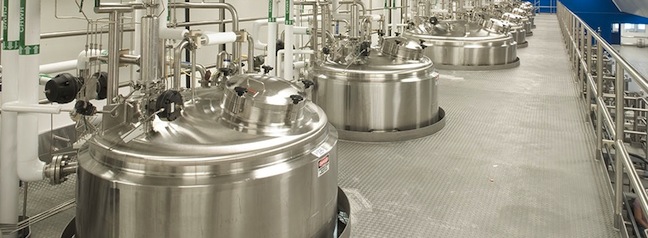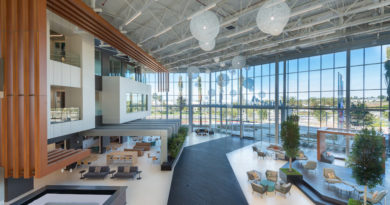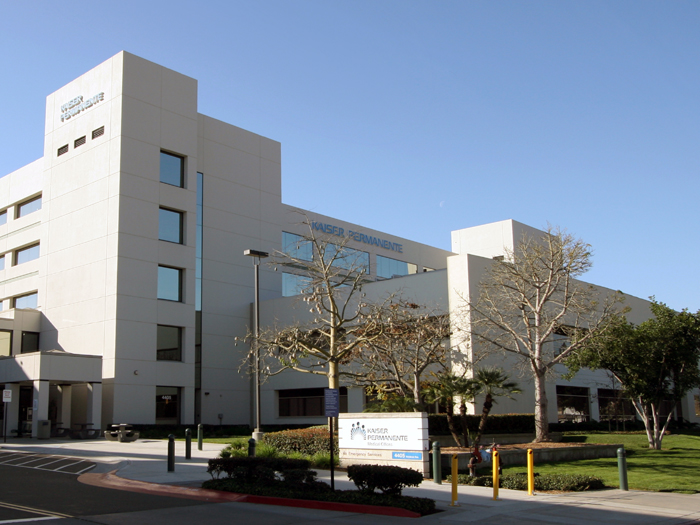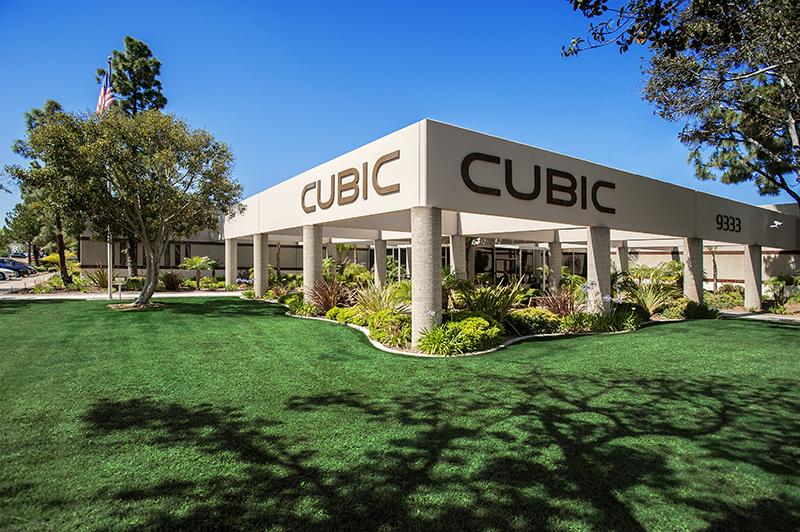Daily Business Report-Oct. 17, 2013
Genentech will expand its drug manufacturing plant in Oceanside and Vacaville, Calif.
Genentech to Expand Oceanside Plant
Genentech has announced plans to spend $125 million to expand its biotech drug manufacturing plant in Oceanside. The company also will expand its plant in Vacaville. The expansions will create more than 250 new jobs at Vacaville and Oceanside over the next four years, bringing the total number of Genentech manufacturing jobs in California to close to 3,000, according to Ian Clark, CEO.The company currently employs 10,000 people in the state. These investments in Genentech’s biologics manufacturing network will enable the hiring of hundreds of skilled workers, ranging from technicians to scientists and engineers, said Clark. “California has always had an impressive skilled workforce that has allowed Genentech to hire diverse and talented individuals in various disciplines,” he said. When the expansion is complete, Genentech’s Vacaville facility will be the largest biotech manufacturing facility in the world, according to the company.
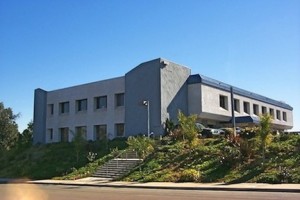
Harvey Inc. Purchases Building for New Headquarters
Harvey Inc., a general contracting firm, has acquired a 24,500-square-foot building in Kearny Mesa that will serve as the company’s new headquarters following extensive interior and exterior improvements. The building at 9455 Ridgehaven Court was purchased for $2.5 million from Lyons-Warren Partners. Harvey Inc. is relocating and expanding from 8,500 square feet it currently occupies at 8973 Complex Drive, also in Kearny Mesa. Anticipated move-in date is December. Cassidy Turley and Commercial Facilities Inc. were the brokers.
Unemployment Figures Delayed
Unemployment figures for California and San Diego County will not be released on Friday by the state Employment Development Department because of the federal government shutdown. A new release date will be scheduled once the federal shutdown ends and employees of the federal Bureau of Labor Statistics return to work. This is the first time that a federal government shutdown has delayed the release of California’s monthly jobs data. The current shutdown has impacted California and other states, including Texas, Oregon and Virginia, by limiting access to BLS employment data and programs, which are used to produce monthly unemployment rate and employment information.
Voice of San Diego Hosts Nov. 5 Mayoral Panel
Voice of San Diego will host a “Mayoral Conversation” with mayoral candidates Mike Aguirre, David Alvarez, Kevin Faulconer and Nathan Fletcher on Nov. 5 from 6 to 8:30 p.m. at the Birch North Park Theatre, 2891 University Ave. The panel will be moderated by Scott Lewis. There is no admission charge.
Local Economist to Speak on San Diego Economy
Kelly Cunningham, economist for the National University System Institute for Policy Research, will lead a “State of the San Diego Economy” discussion today at 5:30 p.m. at the National University Spectrum Learning Center, 9388 Lightwave Ave., San Diego. Hosted by the National University School of Business and Management, the event will look at the local economy and factors that will affect it in the future. The State of the San Diego Economy is the inaugural event in a series of sessions planned by the National University School of Business and Management.
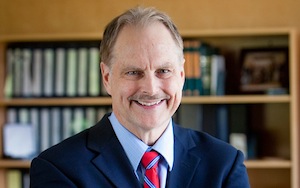
Professor Receives $6.25 Million Grant for Leukemia Research
The Leukemia & Lymphoma Society has awarded Thomas J. Kipps, professor of medicine at the UC San Diego School of Medicine, with a five-year, $6.25 million grant to support research on chronic lymphocytic leukemia (CLL), the most common adult leukemia in the United States. After nearly three decades of investigating and treating CLL, Kipps is considered among the nation’s leading experts in the disease. According to the National Cancer Institute, one in 192 people will be diagnosed with CLL during their lifetime.
“Although the research proposal is directed toward improving therapy for patients with CLL, the research may impact other leukemias, lymphomas and cancers in general,” said Kipps. “The Leukemia & Lymphoma Society’s Specialized Center of Research grant plays an important part in moving this research forward.”
Vincent Mudd Joins San Diego Architectural Firm
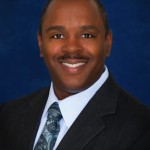
Vincent E. Mudd has joined Carrier Johnson + Culture as principal and chief operating officer. Mudd is the former owner and CEO of sdoi, a San Diego-based workplace design-build firm. He is vice chair of San Diego Regional Economic Development Corp., chairman of the San Diego 2024 Olympics Exploratory Committee, and a director for the San Diego County Water Authority and Metropolitan Water District. He is a past chairman of the San Diego Regional Chamber of Commerce and teaches a course on sustainable design and construction at San Diego State University.
C.W. Driver Announces Promotion

C.W. Driver has promoted Richard Freeark, an 11-year veteran of the company, to senior vice president of the firm’s San Diego office. He will oversee the office operations and all company projects in the region. Freeark is an industry veteran of 34 years with expertise in the higher education and health care construction markets. He has directed several higher education projects, including facilities for San Diego State University and San Diego Community College District.
Technology
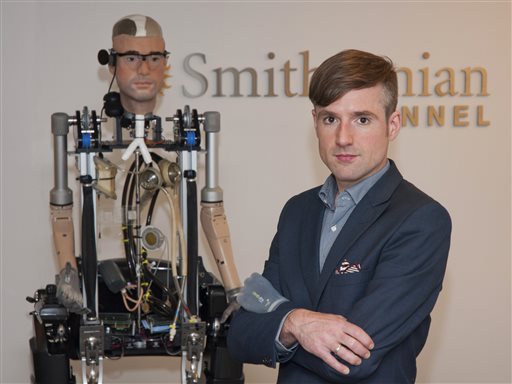
‘Bionic Man Walks, Breathes With Artificial Parts
NEW YORK (AP) — Gentlemen, we can rebuild him, after all. We have the technology.
The term “bionic man” was the stuff of science fiction in the 1970s, when a popular TV show called “The Six Million Dollar Man” chronicled the adventures of Steve Austin, a former astronaut whose body was rebuilt using artificial parts after he nearly died.
Now, a team of engineers has assembled a robot using artificial organs, limbs and other body parts that comes tantalizingly close to a true “bionic man.” For real, this time.
The artificial “man” is the subject of a Smithsonian Channel documentary that airs Sunday, Oct. 20 at 9 p.m. Called “The Incredible Bionic Man,” it chronicles engineers’ attempt to assemble a functioning body using artificial parts that range from a working kidney and circulation system to cochlear and retina implants.
The parts hail from 17 manufacturers around the world. This is the first time they’ve been assembled together, says Richard Walker, managing director of Shadow Robot Co. and the lead roboticist on the project.
“(It’s) an attempt to showcase just how far medical science has gotten,” he says.
The robot is making appearances in the U.S. for the first time this week. Having crossed the Atlantic tucked inside two metal trunks — and after a brief holdup in customs — the bionic man will strut his stuff at the New York Comic-Con festival on Friday.
Walker says the robot has about 60 to 70 percent of the function of a human. It stands six-and-a-half feet tall and can step, sit and stand with the help of a Rex walking machine that’s used by people who’ve lost the ability to walk due to a spinal injury. It also has a functioning heart that, using an electronic pump, beats and circulates artificial blood, which carries oxygen just like human blood. An artificial, implantable kidney, meanwhile, replaces the function of a modern-day dialysis unit.
Although the parts used in the robot work, many of them are a long way from being used in humans. The kidney, for example, is only a prototype. And there are some key parts missing: there’s no digestive system, liver, or skin. And, of course, no brain.
The bionic man was modeled after Bertolt Meyer, a 36-year-old social psychologist at the University of Zurich who was born without his lower left arm and wears a bionic prosthesis. The man’s face was created based on a 3D scan of Meyer’s face.
“We wanted to showcase that the technology can provide aesthetic prostheses for people who have lost parts of their faces, for example, their nose, due to an accident or due to, for example, cancer,” Meyer says.
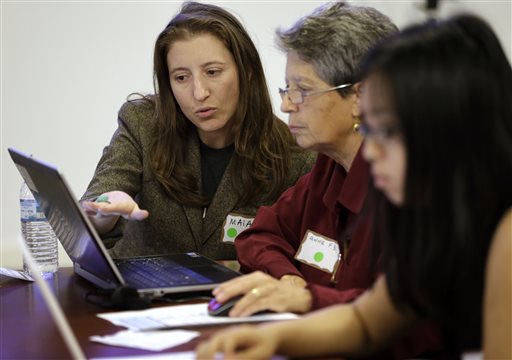
Women Scientists, Wikipedia Under Microscope in Rhode Island
PROVIDENCE, R.I. (AP) — Look up a female scientist or technologist on Wikipedia, and you might not find what you’re looking for. Many don’t have detailed pages or any page at all on the free online encyclopedia created by contributors, the vast majority of them men.
It’s a symptom of a larger problem for women in so-called STEM fields — science, technology, engineering and mathematics — where men far outnumber women. Even women who have done pioneering work in these fields don’t always get recognition. Since 2009, no woman has won a Nobel Prize in science.
A Brown University biology professor and an alumna hope to help chip away at the problem with a Wikipedia “edit-a-thon,” one of many that’s been held in recent years to help increase the representation of women on Wikipedia.
They gathered dozens of students and some faculty members this week at Brown to train them on how to add and edit pages. They also provided lists of suggestions for women to add, entries to clean up or those who needed more detail, along with links to source material.
Among those listed was Ingeborg Hochmair, who does not have a page even though last month she won the prestigious Lasker Award for medical research for her work developing the modern cochlear implant. By contrast, her husband, Erwin Hochmair, an accomplished engineer who helped develop the device but did not win a Lasker prize, has his own page.
Another is Anny Cazenave, who last year won the William Bowie Medal for outstanding contributions to fundamental geophysics. She’s on Wikipedia in French, but not English.
Maia Weinstock, a Brown graduate, organized the Tuesday event with Anne Fausto-Sterling, a professor of biology and gender studies. They held the training to coincide with Ada Lovelace Day, an annual observance started in Great Britain in 2009 to highlight women in technology and named for the English mathematician who died in 1852. Lovelace is often described as the world’s first computer programmer.
Weinstock, who has run other edit-a-thons for different fields, said she’s targeting Wikipedia because it’s so influential and is one of the most popular encyclopedias in the world. It’s the first place many people go to find out about a subject.
“You’re helping change what everybody else gets to see on a particular topic,” she told trainees.
She said she also hopes to increase the number of women who contribute to Wikipedia. Fewer than 20 percent of Wikipedia editors are women.

